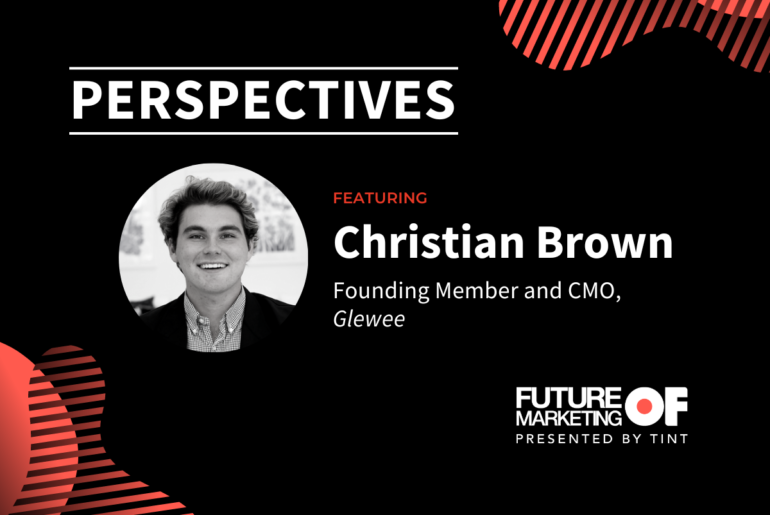Garrett Heath is a social media and content marketing consultant and founder of MarketingBytes.io.
The impetus for “cause marketing” is a desire on the part of many brands to create positive change in the world, and to clearly identify themselves with a cause toward that end. The trend data does show that given the choice between similar products and price points, consumers will often opt for the one that they associate with being a force for good. But there are strategies and pitfalls that companies must take into account in order to do this type of marketing well.
This article takes a look at some of the more popular cause marketing efforts in recent years, examines recent research on whether cause marketing can be profitable and delves into how users can latch onto an effective campaign.
Examples of Solid Cause Marketing Campaigns
It’s not enough to pair up with any old cause—brands must carefully consider what efforts they want to hitch their wagon to. Most often, the supported causes are directly related to the products that a particular company is selling, and the company that best exemplifies this kind of relationship is TOMS.
While traveling in Argentina, TOMS founder Blake Mycoskie saw the deleterious effects that a lack of shoes had on children—it affected their health, education and confidence. Mycoskie created TOMS with the idea that every pair of shoes purchased would result in a pair given to a child in need. This simple idea has resulted in over 93 million pairs of shoes donated throughout the world since 2006. Today, TOMS has expanded its mission beyond shoes to sight restoration with a line of eyewear and clean water via sales of coffee.
But sometimes the cause can be deeply existential in nature and extend past charity. This is what the founder of Patagonia, Yvon Chouinard, sought to do when he enlarged the company’s mission beyond environmental activism and advocacy. As Fast Company reported in an exclusive interview in 2018, Chouinard and current Patagonia CEO Rose Marcario distilled the mission into something more profound: “Patagonia is in business to save our home planet.”
This new quest is affecting the entire way that Patagonia operates, from the suppliers they engage with to the environmental commitment of all new hires to the brand ambassadors and influencers they partner with in marketing campaigns. In making the changes, the company also demonstrates to consumers concerned about climate change that Patagonia is the company to do business with.
Can Cause Marketing Actually Be Profitable?
Cause marketing often sounds good on paper—after all, who doesn’t like a company that’s in business for more than itself? But is it actually profitable? And are there any ramifications of not aligning with a cause?
A recent peer-reviewed article in the Journal of the Academy of Marketing Sciences by Michel Ballings, Heath McCullough and Neeraj Bharadwa attempted to answer these questions. Their article, “Cause Marketing and Customer Profitability,” examined the partnership between popular yogurt company Yoplait and Susan G. Komen, the organization that envisions a world without breast cancer.
This partnership is very visible in the grocery aisle—you may recall seeing those metallic pink lids in the yogurt section. The authors report that by identifying with a cause, Yoplait saw a positive influence on customer profitability of 2.7%. But what is more impressive is that rival yogurt producer Dannon saw a negative effect on customer profitability—to the tune of -13.3%—because it was not tied to a cause. This led the research team to determine that cause marketing can be employed as “an ‘offensive’ strategy that cultivates the rival’s customers.”
Turns out that doing good can also help you take down the competition.
It’s Not the Cause That Isn’t Working, It’s the Marketing
While there are clear benefits to cause marketing, a brand needs to be very strategic in the approach. First, CMOs and marketers must realize that cause marketing is not a one-and-done campaign—they have to be in it for the long haul.
A May 2019 report by DoSomething Strategic, a social impact consultancy, noted that just 12% of young consumers associated particular brands with specific causes or platforms. The report goes on to say, “This is a surprisingly low number given that many brands are creating more campaigns than ever that tout some kind of association with a cause or social issue.”
This lack of awareness was juxtaposed with data that showed 66% of young consumers have positive impressions of brands associated with social causes, with 58% saying that relationship would make them more likely to purchase from that brand. The main takeaway from the DoSomething Strategic report is that it’s not the association with a cause that isn’t working—it’s the marketing that’s failing.
To help shore up cause marketing efforts, DoSomething Strategic advises brands to focus on these three goals:
- Be unique: If brands in your category are mostly aligning with similar causes, try standing out by supporting a platform that’s different.
- Be focused: Don’t just jump on a hot trend or spread your brand too thin—instead have a singular focus that’s clear to your consumers.
- Be provocative: A double-edged sword for certain, but those brands that are willing to take a stand on controversial issues have the potential to reap a ton of traditional and social media coverage.
When Your Cause Marketing Is Successful, Users Generate Content
One of the best parts about cause marketing is that when it resonates with your consumers, they want to share your product on social media. This can result in a flood of user generated content (UGC) drawing attention to your brand.
Case in point: the Buy a Lady a Drink campaign by the beer company Stella Artois. The iconic Stella chalice was specially redesigned for this campaign, with every sale providing a woman in a developing country with five years of clean drinking water through a partnership with Water.org. The brand has helped 1.7 million people gain access to clean water since 2015, and users have posted their custom chalices to Instagram, Twitter and other social platforms with the hashtag #buyaladyadrink.
Cause Marketing Matters, but Requires a Lot of Thought
As TINT predicted at the end of 2018, cause marketing matters more and more to consumers. They are actively seeking out brands that are doing good in the world and taking a stand. And businesses engaged in cause marketing have the ability to increase profitability and showcase customer goodwill through UGC. What are some of your favorite cause marketing campaigns? Be sure to let us know in the comments.
If you’re looking for a platform to help you find, curate, own and display authentic user generated content, look no further than TINT by Filestack. Read our case studies on how we’ve helped brands grow their businesses across all verticals and request a demo to learn more.





